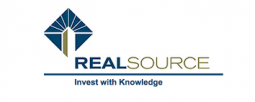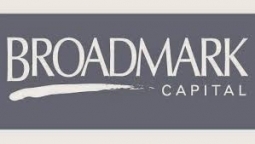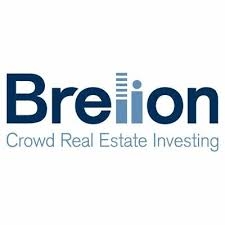Cap Rate Explained: Everything You Need to Know
Short for capitalization rate, the cap rate is a common valuation metric for real estate assets such as apartment buildings or another investment property. Investors familiar with stocks may be familiar with the price to earnings (or PE) ratio, which in essence is very similar to a cap rate. However, in this case, the definition is inverted such that it is “earnings” divided by price. In real estate, earnings are defined by the annual net operating income (NOI). NOI is essentially the profit of an asset, revenues minus property operating expenses. Typically, expenses not directly related to the property (e.g. debt service or mortgage expenses) are not included in NOI calculation. The price is the market value of the asset property, which is usually based on transaction price, though may be estimated by comparisons to other sales. Put simply, cap rate calculation is equal to a property’s net operating income minus operating expenses divided by price (typically using trailing 12 months of NOI). This property valuation may also be used to help estimate the value of an asset if the cap rate is estimated using market comparables (comps).
Let’s go through a basic example. Let’s say a property has NOI of $1,000,000 and is being sold at $20,000,000. The cap rate is $1,000,000 divided by $20,000,000, which equals 0.05 or 5%. By convention, cap rates are reported as a percentage.
Conversely, if the market capitalization rate example for a particular location and asset class is known to be 5% and an asset being reviewed has NOI of $1,000,000, then one could estimate the property value’s purchase price as $20,000,000 ($1,000,000 divided by 0.05).
As mentioned before, debt service or mortgage payments should not be included when calculating cap rates. This is important for a number of reasons. Firstly, different assets may have different interest rates or loan terms, so by using a capitalization rate without debt service, you are getting a more equitable comparison between assets to make things apples-to-apples. So essentially, a capitalization rate is if someone were to buy a commercial real estate asset without any leverage at all. This also can be helpful to understand the profitability of the asset itself without leverage. Leverage can increase returns, but also increases risk so it’s helpful to understand the profit of the asset first and then assess the profit with leverage included.
Cap rates can sometimes go up over time or go down over time. Like other assets, asset valuation will depend on multiple macroeconomic variables in addition to earnings/profits. When cap rates go up or are projected to go up, the common vernacular is expansion of cap rates. On the other hand, when cap rates go down or are projected to go down, the common vernacular is compression of cap rates. Compression of cap rates is equivalent to prices going up while expansion of cap rates is equivalent to prices going down.
When assessing a prospective real estate investment opportunity, capitalization rate is frequently used to estimate the sales price upon exit. Understanding what numbers are used for this calculation helps to understand how realistic or conservative an investment projections are. If you are buying a commercial real estate asset at a 6% cap rate and hope to sell it at a 4% cap rate in 5 years, your likelihood of success is generally low (all else being equal) as it means that the market would have to appreciate over 30% for the same level of profits.
Cap rates are commonly used because they are easy to use and have become an industry standard. However, some critics will point out limitations to cap rates. Many investors may try to buy assets at a higher cap rate to get a bargain price. When making investment decisions, it is not only important to understand the capitalization rate, but the context around it including future earnings potential. In some cases, an asset may have a significant drop in earnings or cash flow n the near future (e.g. a key tenant vacating) so using a cap rate based on trailing 12 months of earnings will neglect the upcoming drop in earnings. Conversely, in some cases assets may have a significant rise in earnings in the near future (e.g. rents below market price or a large vacancy that can be leased up). In these cases, sometimes it can be helpful to use projected earnings to calculate cap rate or use a different metric of valuation (e.g. price per door or price per square foot). In a similar vein, different cap rates are often correlated to perception of risk. If an asset is considered risky (for instance a major tenant is on brink of bankruptcy or any other hit to prospective rental income), then the market will demand a discount for the higher risk and price will be lower and capitalization rate will be higher. Conversely, if an asset is considered safe (for instance, a good location with tenants that has a very strong balance sheet), then the real estate investment property will typically have lower cap rates as the market will be willing to pay a premium for the lower risk and better rate of return on an investment..
In short, the capitalization rate is a commonly used valuation metric, simply defined as earnings or NOI divided by price. Given its common use, it should be understood by any serious real estate investor. However, like all tools, a good cap rate needs to be considered alongside other data points, such as rate of return on investment, when assessing real estate investments.

_main.jpg)








